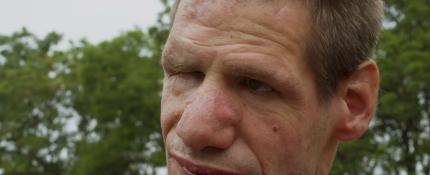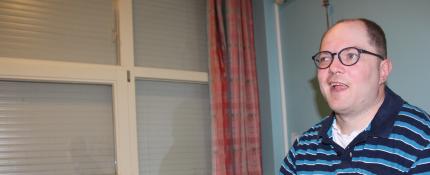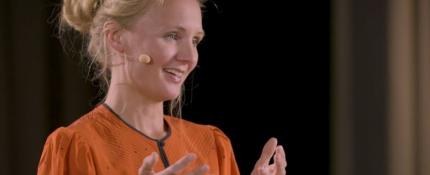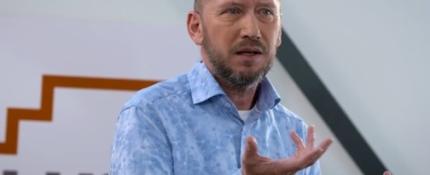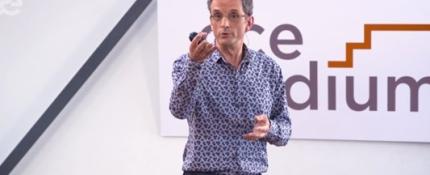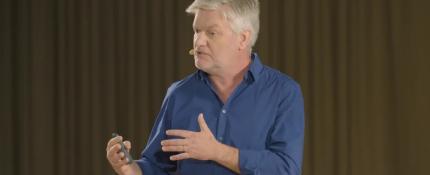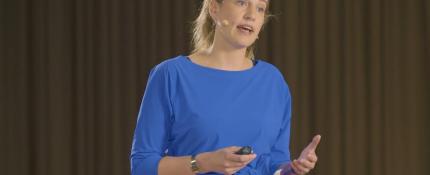The consultations performed by CCE are analysed so as to provide insight into what contributed to the success or failure of a particular approach. The focus of this analysis is broad, looking at both personal and environmental factors, including psychological, social, and biological aspects.
CCE is dedicated to sharing the expertise resulting from these analyses with other healthcare organisations via work conferences, publications, and videos. Specific expertise thus not only benefits the individual client concerned, but all clients nationwide.
Parts of our website and some of our videos have been translated into English and are available to healthcare professionals worldwide.
Somatic conditions
The somatic conditions tool provides information to help analyse challenging behaviour in people with intellectual disabilities.
The tool contains a model to help identify factors that explain challenging behaviour. In addition, it contains the top 70 somatic conditions that may cause challenging behaviour
This tool combines expertise from the field with current medical knowledge.





